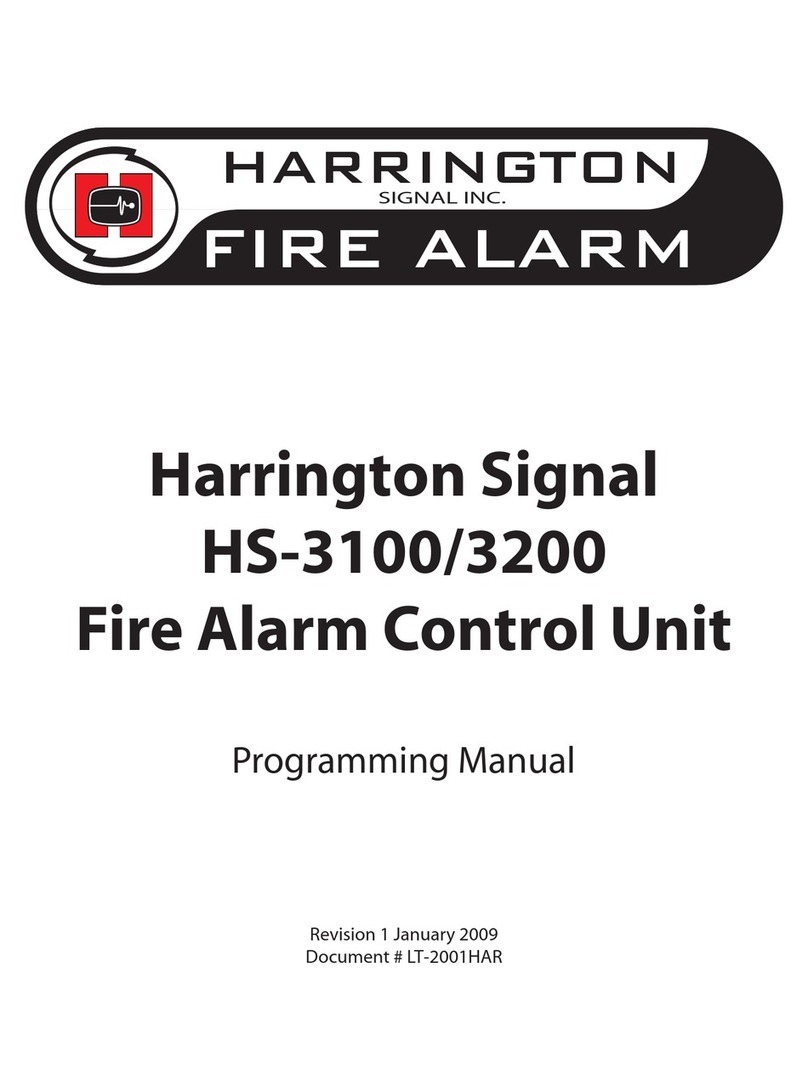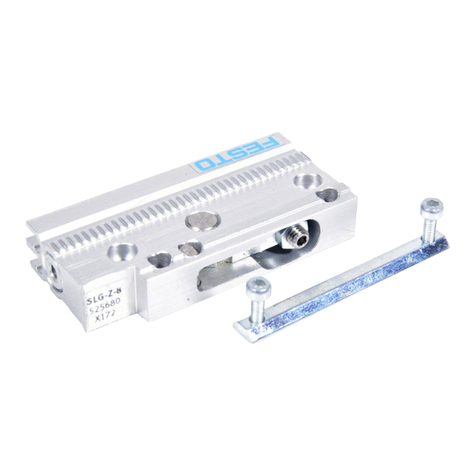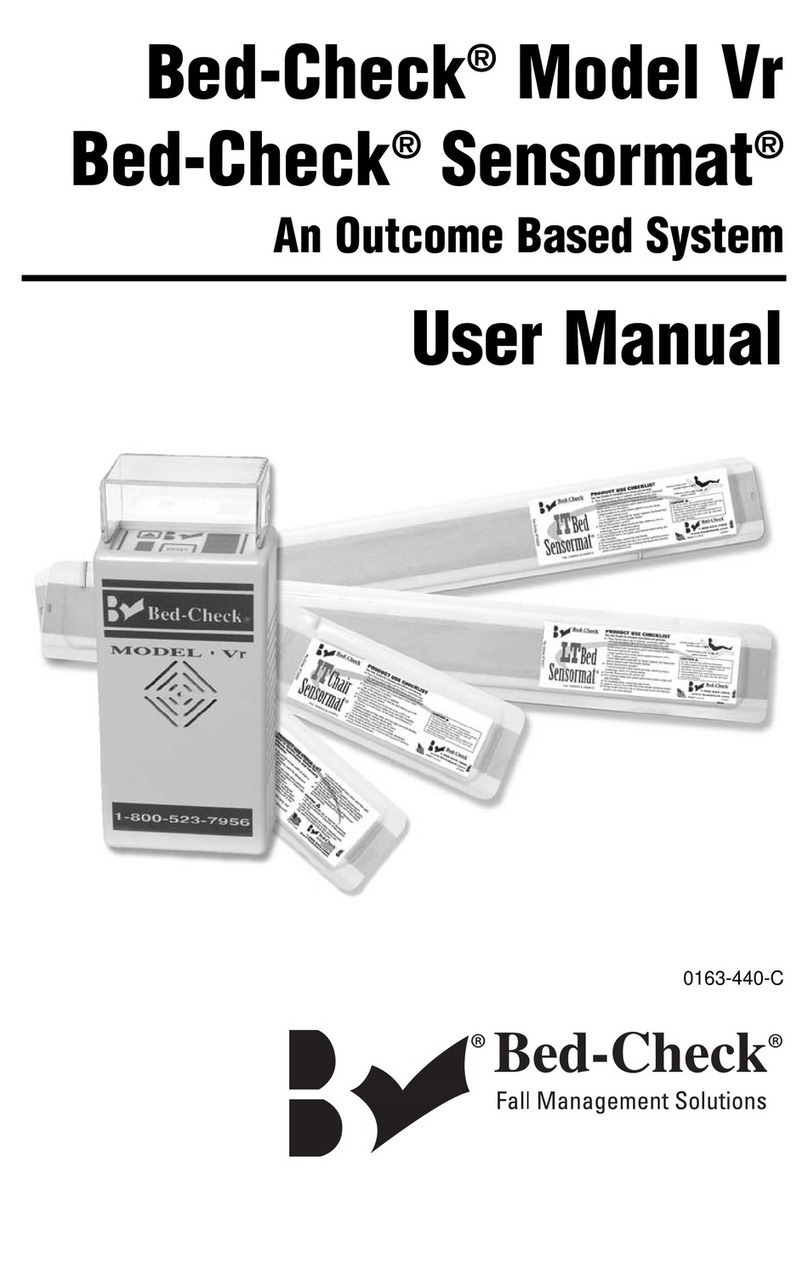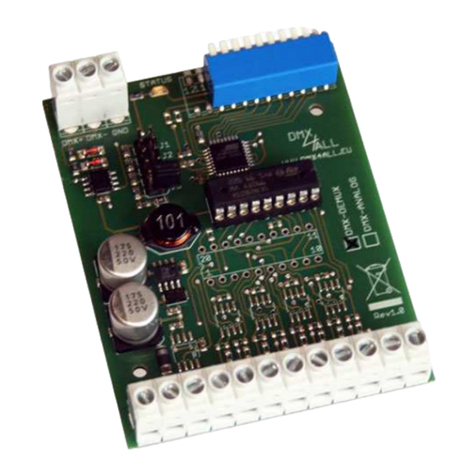Primary Fluid ACCU-VENT User manual

ACCU-VENT
Automatic Degassing Valve
Instruction Manual
Rev. 0
03/16
Please note:
This instruction manual provides detailed information and instructions that must be read, understood and
followed to ensure that the equipment is installed, operated and serviced in an appropriate manner.
Failure to do so before using may result in hazardous consequences and/or improper operation.
Temperature limit notation:If the application in which this valve is to be
installed has a temperature greater than 73°F (23°C) including radiant heat, refer
to page 4 for temperature correction Vs pressure limits.
Manufactured by:
PRIMARY FLUID 1050 Cooke Blvd., Burlington, Ontario, L7T 4A8
SYSTEMS INC. Tel: (905) 333-8743 Fax: (905) 333-8746
Call Toll Free: 1-800-776-6580
www.primaryfluid.com primary@primaryfluid.com

2
Introduction
The following instructions provide information on the installation, operation and maintenance of ACCU-
VENT, automatic degassing valves, manufactured by Primary Fluid Systems Inc. The valves are
designed to improve the performance and safe operation of most pumps used for metering
applications.
The standard valve assembly is constructed of CPVC (Corzan) wetted parts, for use specifically with
Sodium Hypochlorite, Sulfuric Acid to 98% and Hydrogen Peroxide to 30%. Alternative material options
include 316L Stainless Steel and PVDF.
The automatic degassing valve is rated to a maximum working pressure of 150 PSIG.
Special Features of the ACCU-VENT Assembly:
•CPVC corrosion resistant wetted materials of construction
•Special material designed float automatically vents built up gases on system start-up and under
working pressure
•Can be used on feed side or discharge side of pump (or both)
•Std. 1/2" NPT threaded connections or optional ¼”, ¾”, and 1” NPT connection, including socketweld
and BSPT
•Available in other materials of construction for various gaseous liquid chemicals
Automatic Degassing Valve:
Our standard automatic degassing valves are designed to automatically vent gases and vapors that are
commonly released from Sodium Hypochlorite or Hydrogen Peroxide. Gases or vapor are
compressible, and if not vented cause what is known as vapor lock in your metering pump and the
system, causing the metering pump to malfunction and in most cases cause the pump to stop
discharging chemical to the system.
The valve is designed to allow for the venting of gases and condensed vapor back to the feed tank,
which improves priming on initial start-ups and continuous trouble free operation while working under
pressure.
The valve when in operation vents gases, vapor and a small amount of liquid, which is the same as the
chemical being pumped. This discharge must be returned through hard piping or tubing back to tank, to
prevent personnel or equipment from coming in contact with vented corrosive fluid.
Caution:
It is recommended that the automatic vent discharge be piped back to tank through the
use of hard pipe or tubing. Failure to do so could result in hazardous consequences.
(see typical installation)
Automatic Degassing Valves: Reason for Selection and Use
Metering pumps handling chemicals such as Sodium Hypochlorite or Hydrogen Peroxide, will always
be subject to the problem of venting off a build up of gases inherent to these chemicals. Some metering
pumps are available with a built in degassing valve, but these are either a manual arrangement
requiring constant monitoring and physical adjustment, or based on a constant bypass through a fixed
orifice, which reduces pump discharge and efficiency. Our automatic degassing valve vents off any
build up of gases through the use of a special float mechanism, which senses the gas and opens the
discharge vent allowing the gas and vapor to escape back to tank. When the float senses liquid, the
valve automatically closes the discharge port, blocking liquid from venting back to tank.

3
Installation and Maintenance of automatic degassing valves:
Automatic degassing valves are installed on the suction and/or discharge line of the pump. The valve
assembly should be located at the highest point and at the first 90º turn in the line. (See Typical
Installations drawing) The assembly must be kept in a vertical position to allow the valve to function
properly. The discharge vent, located at the top of the degassing valve must be piped back to the feed
tank using tubing or compatible chemical resistant piping for the chemical being handled.
When used in conjunction with a pressure relief valve, always locate the automatic degassing valve on
the downstream side of the relief valve.
The automatic degassing valve is designed to function with only the following periodic maintenance:
•Ensure that the discharge vent is clear of any chemical material that may have crystallized.
This crystallization may form when the pump is off for a period of time. The liquid chemical in the line
will evaporate and form crystals. This may cause the valve to be held in the closed position, and
restrict its function.
(If this happens, flush the discharge vent opening with water to clear crystals)
Caution: Always when working on piping, tubing and valves ensure proper protective
equipment is worn and the line and valve has been depressurized.
Typical Installations
The proper design of the chemical feed system is critical to ensuring proper function and to avoid the
creation of gassing due to piping design. This includes such factors as avoiding suction lift to the
chemical dosing pumps with positive feed from the supply tanks, and ensuring proper suction piping to
reduce frictional line loss to the pump head.
Note: Installation of the AccuVent too close to the pump may cause erratic function.
The installation below is a typical installation example only. Consult your engineering department for
the appropriate installation for your application or call the factory for advice.
Example A: Solenoid Driven Pumps Rated Under 150 psig.

4
Typical Installations
The installation below is a typical installation example only. Consult your engineering department for
the appropriate installation for your application or call the factory for advice.
Example B: System arrangement for solenoid driven (above 150 psig) or motor driven
Pumps, with highly recommended flooded suction conditions.
TEMPERATURE EFFECTS: Thermoplastics and thermosets will decrease in tensile strength as the
temperature increases; therefore, the working pressure must be reduced accordingly. The following
factors will apply:
Note: If the material of the valve you have chosen is rated below the working pressure of your system
than you must reconsider your choice. The standard valve material of construction is CPVC (Corzan)
and should be taken into temperature consideration.
(Other materials of construction are available, consult price list or factory)
Temperature Correction Factors
Thermoplastics
Chemical
Feed
Tank
Accu-vent
Automatic degassing valve
Accudraw,
Calibration cylinder
Metering Pump
PFS,
Injection quill
Top Valve,
pressure
relief valve
Top Valve,
Back pressure valve
Process
Stream
Accu-Vent
Automatic degassing valve
Accu-pulse
Pulsation Dampener
Note: When considering working temperature include ambient and potential
collective surface temperature (Radiant Heat)
F C PVC CPVC PP PVDF
70 21 1.00 1.00 1.00 1.00
80 27 0.90 0.96 0.97 0.95
90 32 0.75 0.92 0.91 0.87
100 38 0.62 0.85 0.85 0.80
110 43 0.50 0.77 0.80 0.75
115 46 0.45 0.74 0.77 0.71
120 49 0.40 0.70 0.75 0.68
125 52 0.35 0.66 0.71 0.66
130 54 0.30 0.62 0.68 0.62
140 60 0.22 0.55 0.65 0.58
150 66 NR 0.47 0.57 0.52
160 71 NR 0.40 0.50 0.49
170 77 NR 0.32 0.26 0.45
180 82 NR 0.25 *0.42
200 93 NR 0.18 NR 0.36
210 99 NR 0.15 NR 0.33
240 116 NR NR NR 0.25
280 138 NR NR NR 0.18
Example:
Working ambient and fluid conditions
100°F (38°C)
Valve pressure rating 150 PSIG
PVC Factor at 100°F =0.62
150 x .62=93
Valve is de-rated to 93 PSIG
Suitable for application
NR = Not Recommended
* = Recommended for continuous
drainage pressure only
Table of contents
Popular Control Unit manuals by other brands
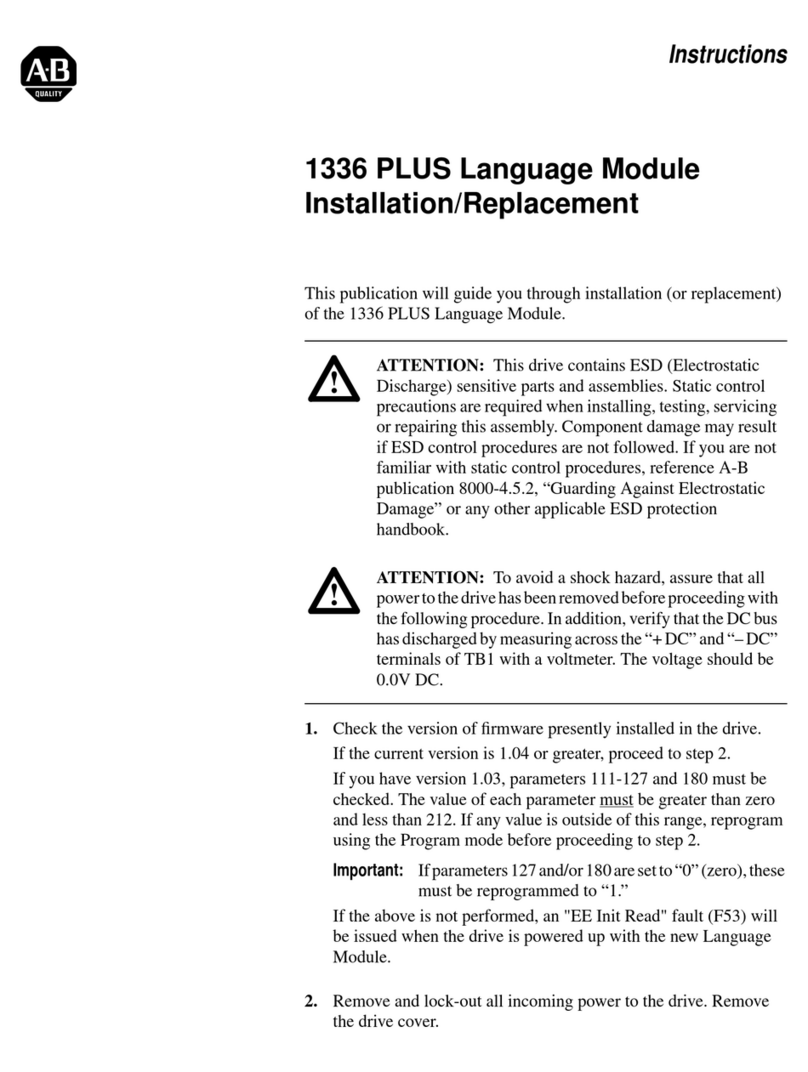
Rockwell Automation
Rockwell Automation 1336 PLUS instructions
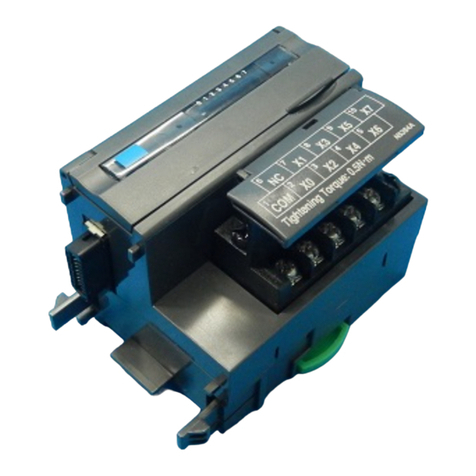
M-system
M-system R7E-EA8 instruction manual
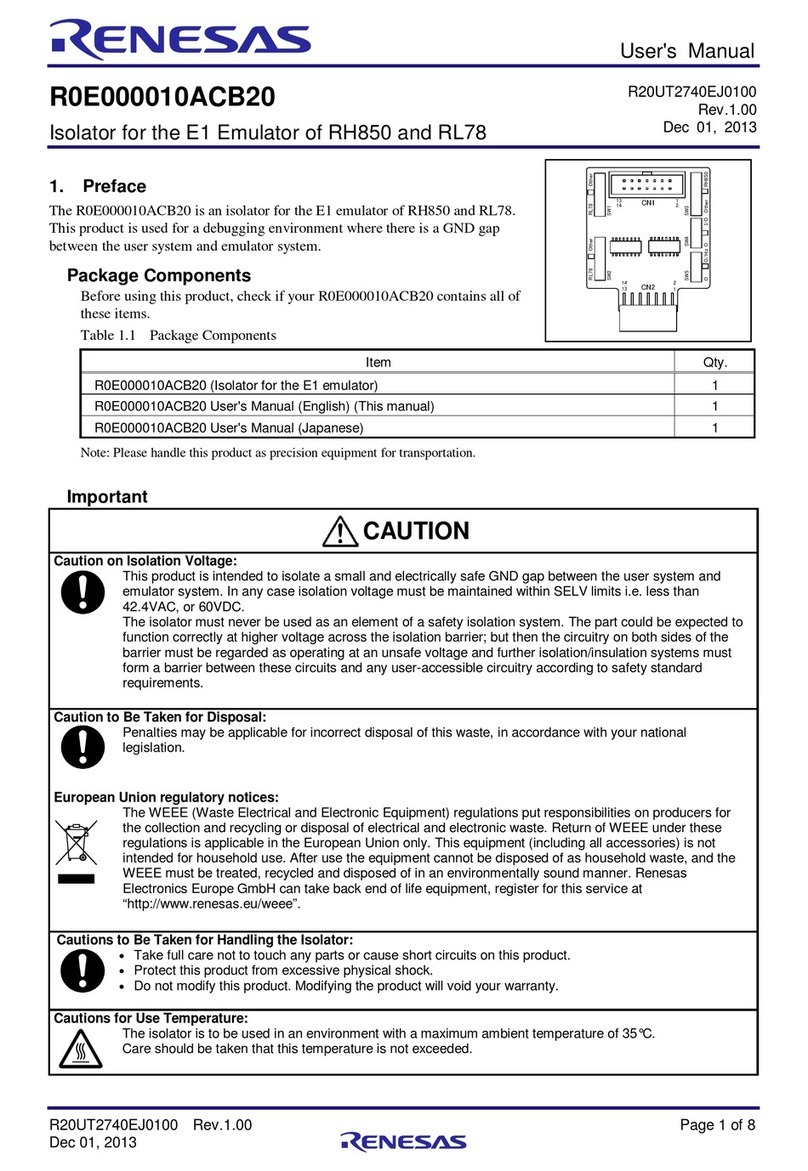
Renesas
Renesas R0E000010ACB20 user manual
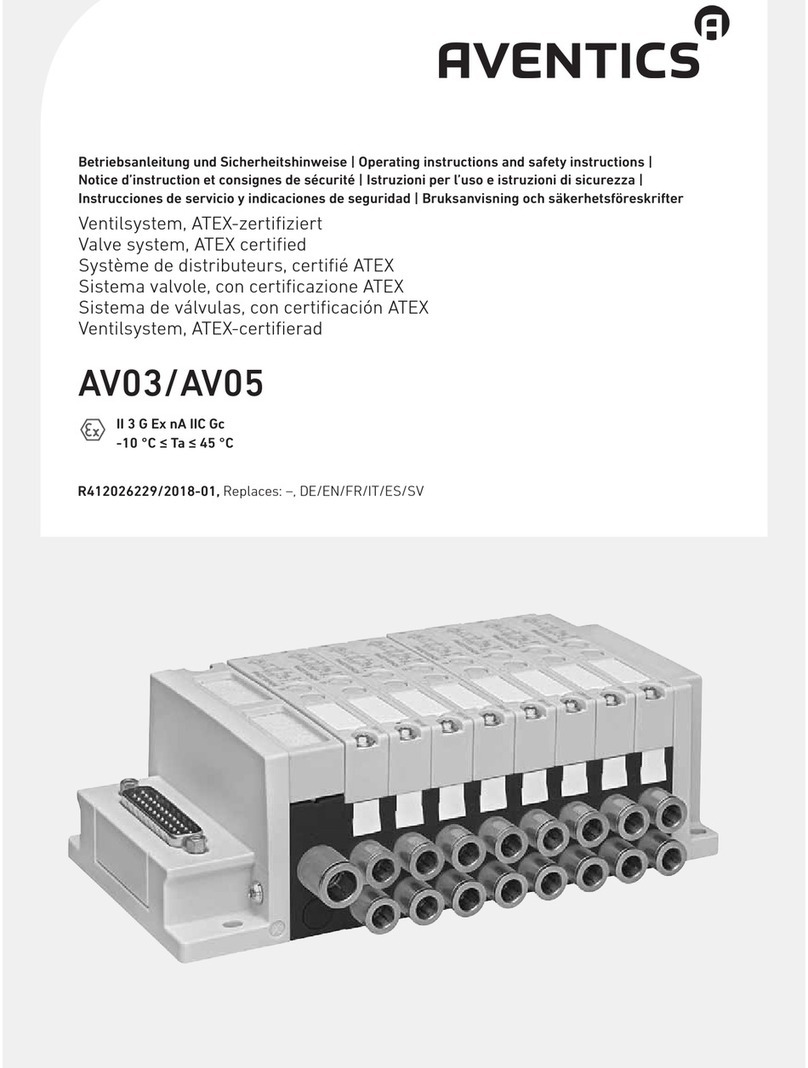
Aventics
Aventics AV03 Operating instructions and safety instructions
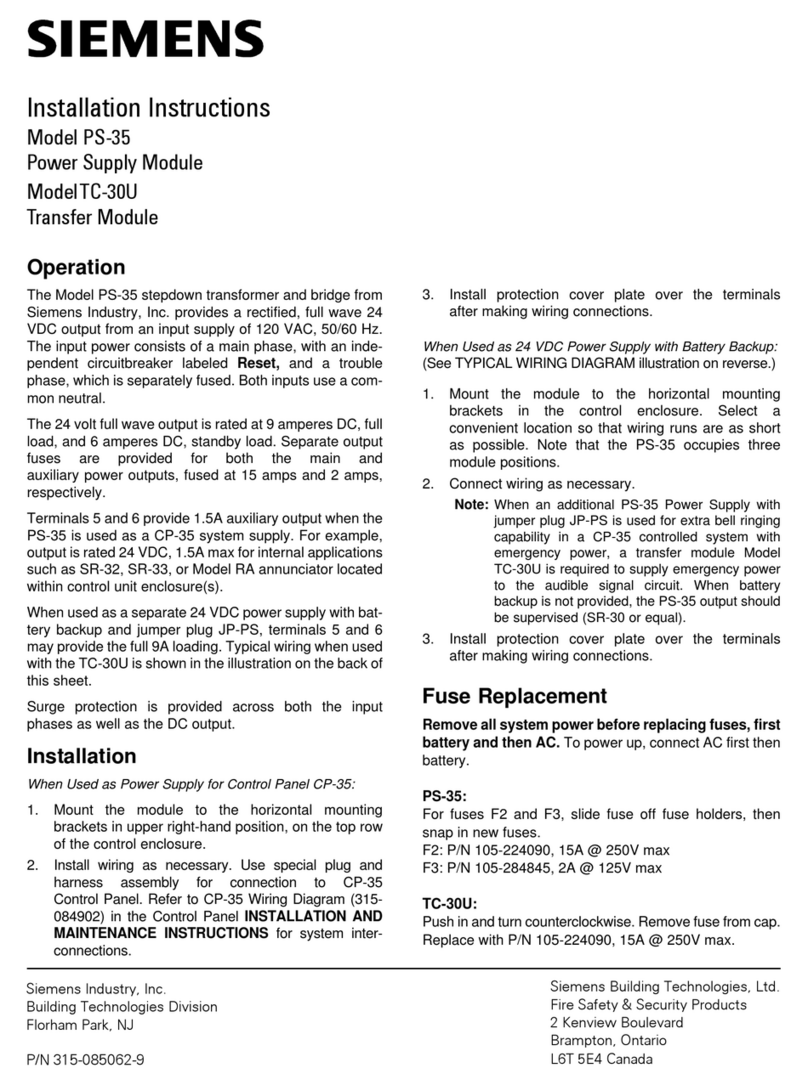
Siemens
Siemens PS-35 installation instructions
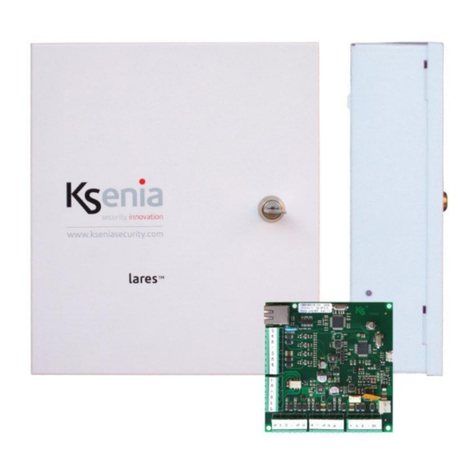
Ksenia
Ksenia lares series installation manual
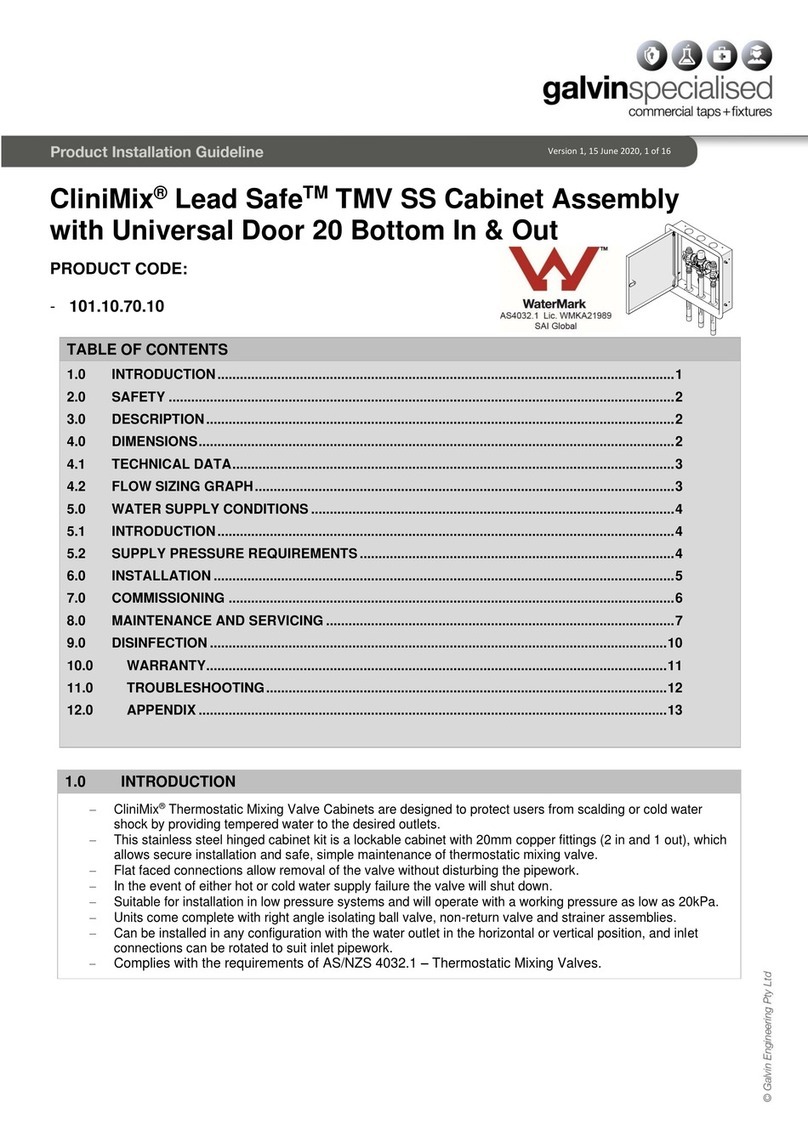
Galvin Specialised
Galvin Specialised CliniMix Lead Safe TMV SS Product installation guideline
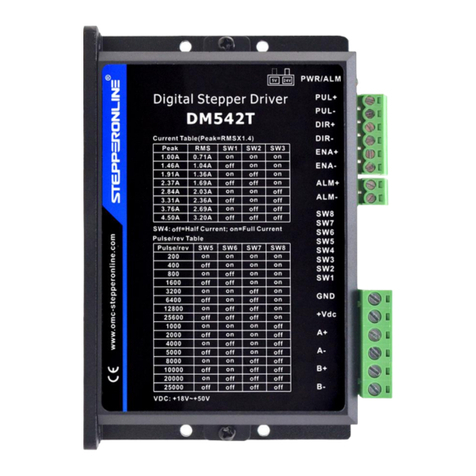
StepperOnline
StepperOnline DM542T user manual
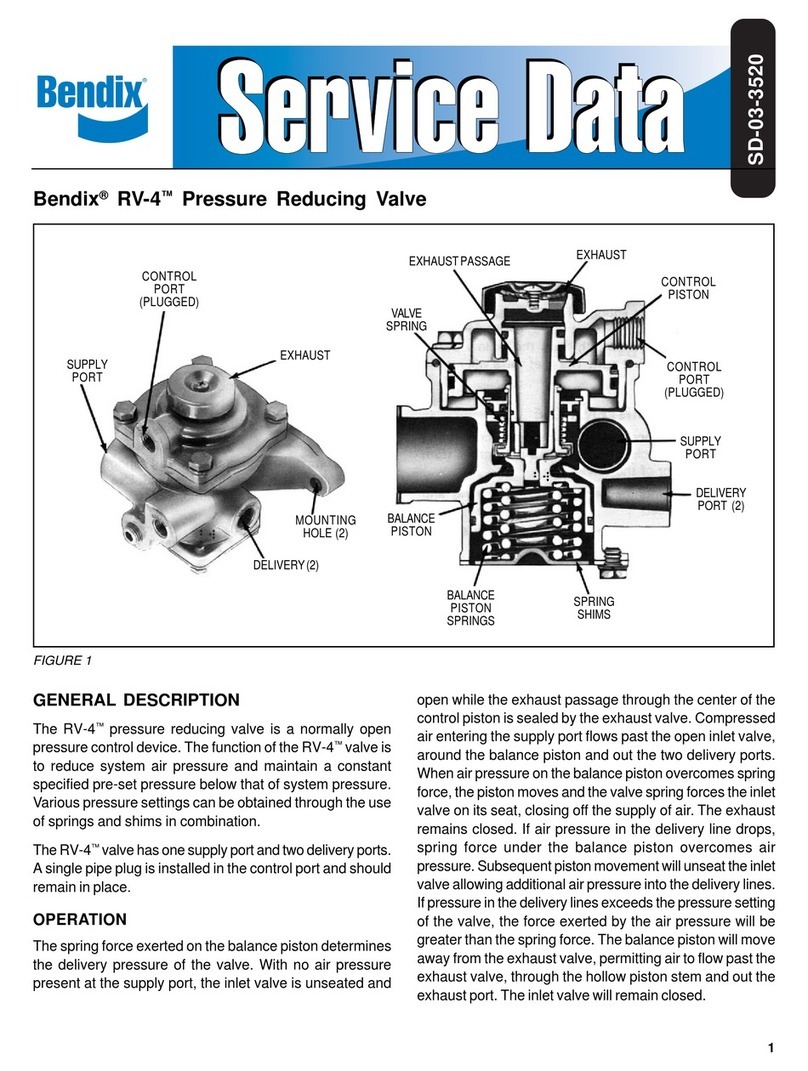
BENDIX
BENDIX RV-4 PRESSURE REDUCING VALVE General description
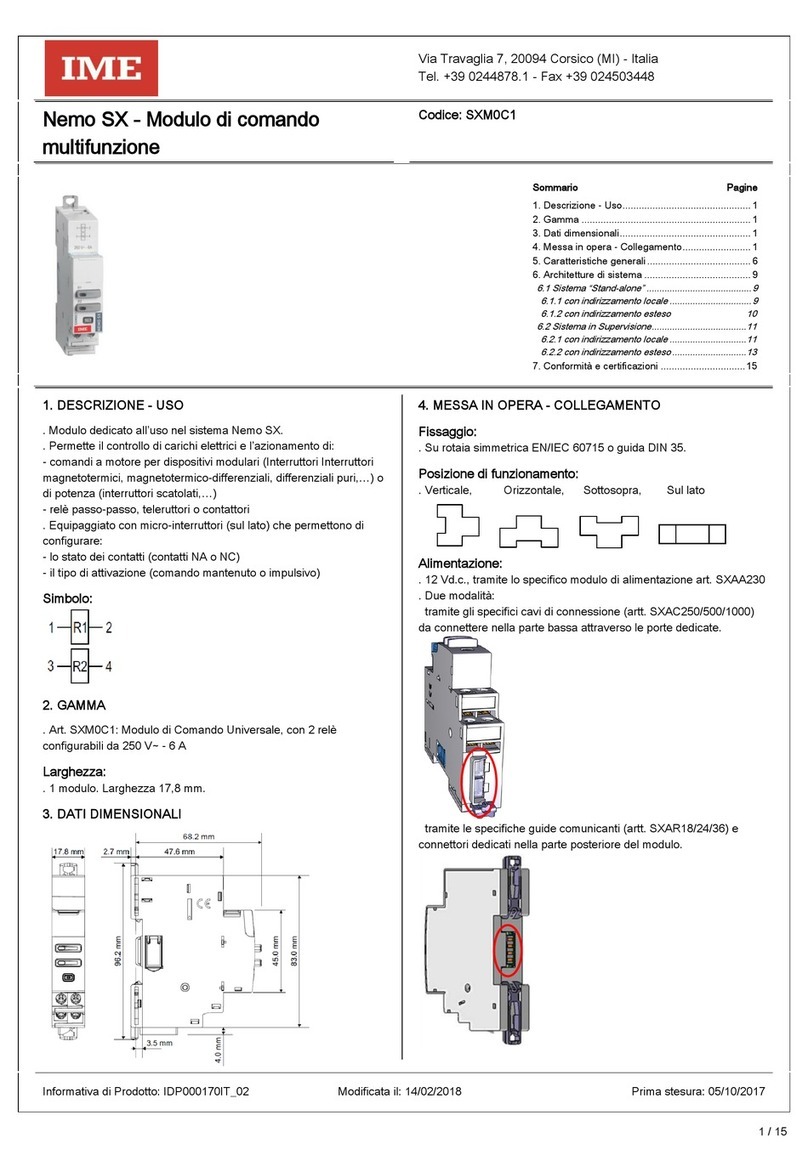
IME
IME Nemo SX SXM0C1 manual

IXXAT
IXXAT IEM-200 Powerlink manual
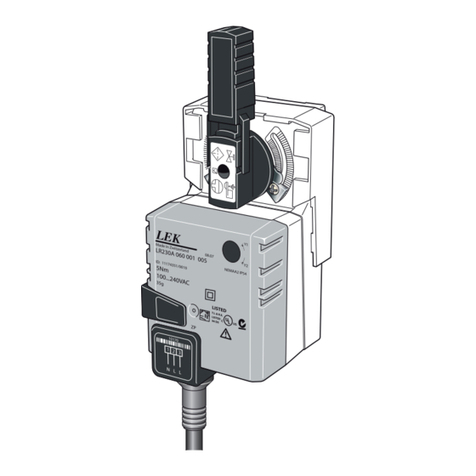
Nibe
Nibe VCC 28 installation instructions
